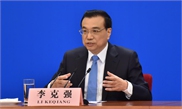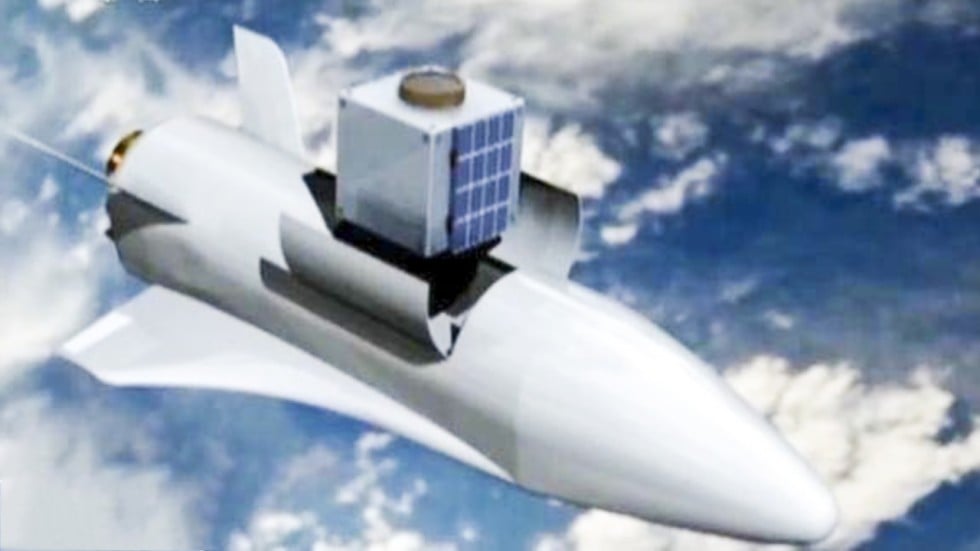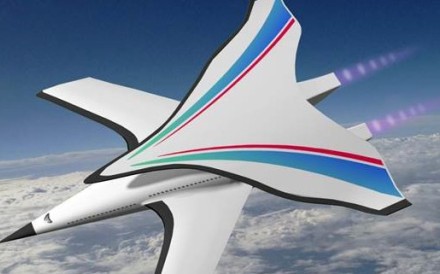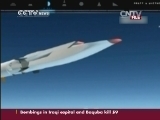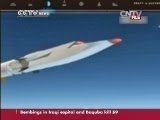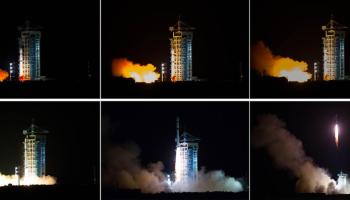President sends out strong nationalist message in closing speech to National People’s Congress(NPC)
 |
| President Xi Jinping spoke at the closing of China’s National People’s Congress. |
https://youtu.be/I1MRZBZ0u4Q
https://youtu.be/FdN9xxyAkyc
This year’s NPC carried special meaning for Xi. His status as the most powerful Chinese leader in decades was cemented over the course of the 16-day event.
The constitution was changed to remove presidential term limits – allowing him to stay on as head of state for as long as he sees fit.
The political theories that bear his name were also enshrined in the constitution, giving him the same political status as Mao Zedong and the former paramount leader Deng Xiaoping.
He also reshuffled the government and placed his trusted aides, including vice-president Wang Qishan, in key positions concerning the economy, relations with the US and the battle against corruption.
Xi addressed the legislature and the nation as the landmark session closed.
Six key points from Xi Jinping’s speech wrapping up China’s national congress
The end
Xi has finished his speech. Premier Li Keqiang will be holding a press conference at around 10:30 am. Journalists are expected to ask him about China-US trade wars and other issues of concern. The South China Morning Post will be covering it live.
More Marxism
He now returns to what he describes as the importance of the Communist rule in China by urging people to rally behind the party.
In his closing remarks also says China will continue its campaign to “root out” all corruption and purify the party.
China’s place in the world
He continues on the theme by setting out his vision for China’s place in the world - highlighting his signature Belt and Road policy
Xi’s speech has already lasted for half an hour, compared with his 20-minute speech five years ago when he began his first term.
He stresses to other countries.
“Only those who are threats to others will see others as a threat to them,” he says, without specifying which country he is referring to.
National sovereignty
The nationalist theme continues with comments about Hong Kong and Taiwan and a promise to crush any efforts to “divide the nation”, which is greeted with loud applause.
Xi Jinping vows to strengthen national identity in Hong Kong and Macau
He emphasises that it will be “impossible” for any parts of China to leave the country, highlighting Beijing’s hardline stance towards any talk of independence for Taiwan and Hong Kong.
Xi makes sure to highlight China’s long-standing cultural history, as the roots for its present and future development. His use of the phrase “great revival of the Chinese nation” has been a slogan closely tied with him since he became president in 2012
Xi also refers to Marxist theory and the thoughts of Mao Zedong and Deng Xiaoping. He also mentions the theories by his two predecessors Jiang Zemin and Hu Jintao, without mentioning their names.
He said stresses the role of the Communist party in engaging different sectors of the society.
He also says China will develop into a culturally strong country before highlighting his signature pledges of eradicating poverty and caring for the sick and elderly.
China ends presidential term limits, but what other changes were made to the constitution?
History and tradition
Xi’s first five years in office have been characterised by a nationalist agenda and in keeping with the theme his speech is full of references to ancient Chinese literature and folklore to support his vision for “great Chinese revival”.
By contrast, five years ago he began his speech by thanking his predecessor Hu Jintao for his 10-year governance
Xi tries to rally the public saying China has “defeated all fierce invaders and defended the freedom of Chinese”.
Xi puts special emphasis on the unity of the country. “A country that is split cannot make great progress,” he says.
How the Chinese government works?
Xi Jinping is the most powerful figure in China's political system, and
his influence mainly comes from his position as the general secretary of
the Chinese Communist Party.
Stressing the innovative nature of the people
Xi Jinping, known for his nationalism, highlights the importance of Chinese ancient philosophers, and inventions, and ancient literature and architecture.
“I believe, as long as 1.3 billion can keep the great innovative spirit (like in ancient times), we can create miracles one after another.”
Xi Jinping begins to address the Legislature
Xi starts his speech by expressing gratitude to the support he received for the second term of his presidency. He stresses he would abide by the constitution.
He then states that all government officials should remember that they should always serve the public and put public interest first.
“People are the real heroes,” he said.
Source: https://www.scmp.com/news
Related articles:
Stressing the innovative nature of the people
Xi Jinping, known for his nationalism, highlights the importance of Chinese ancient philosophers, and inventions, and ancient literature and architecture.
“I believe, as long as 1.3 billion can keep the great innovative spirit (like in ancient times), we can create miracles one after another.”
Xi Jinping begins to address the Legislature
Xi starts his speech by expressing gratitude to the support he received for the second term of his presidency. He stresses he would abide by the constitution.
He then states that all government officials should remember that they should always serve the public and put public interest first.
“People are the real heroes,” he said.
Source: https://www.scmp.com/news
Related articles:
Xi tries to rally support for Chinese dream in nationalist speech
Premier calls on US to be rational about tariffs, trade
Xi vows to safeguard territorial integrity, warns separatists
Chinese President Xi Jinping vowed to safeguard China's territorial integrity and has a stern warning to those who would attempt to split the country, during his speech at the closing of this year's National People's Congress (NPC) on Tuesday.Related post:
China Constitutional change accords with times
China launched a scaled-down model of a
multipurpose, reusable space plane from a test site in the Gobi Desert
late last month, part of...
Singing and dancing to world domination
Well-regarded: Kuok in his office in Hong Kong. Picture taken from ‘Robert Kuok: A Memoir’. https://youtu.be/mP1ju6_e4Vw http...



